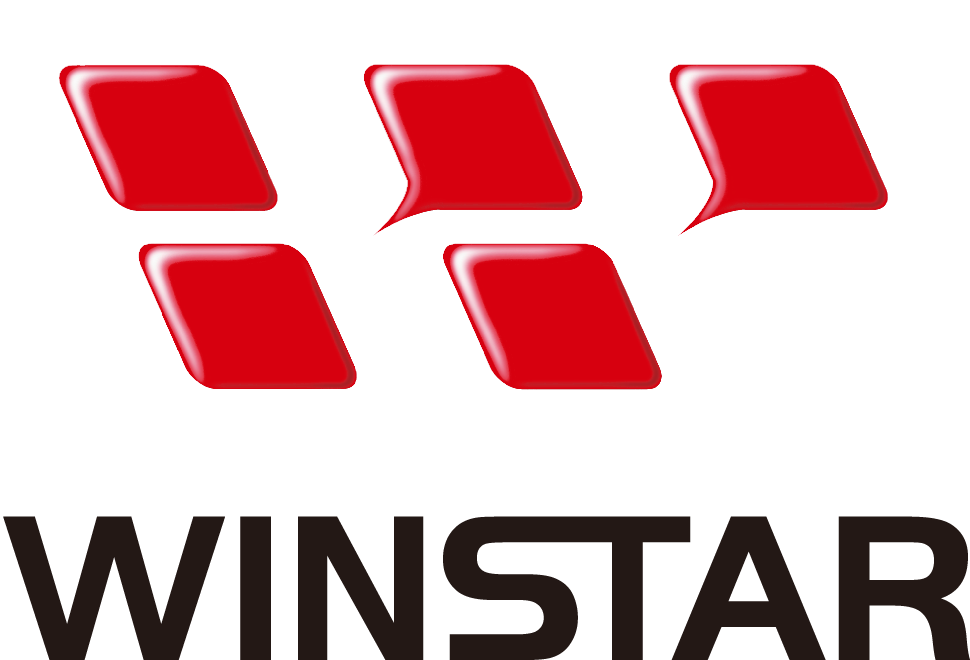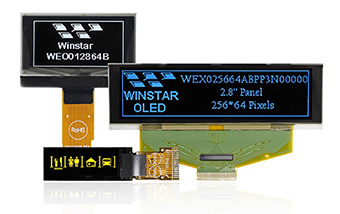With the rise of telehealth and wearable monitoring devices, the landscape of modern medical electronics has expanded from hospitals into every home. This trend presents unprecedented challenges for the Human-Machine Interface (HMI), which must now be intuitive not only for medical professionals but also for everyday users, including the elderly. In this context, the choice of display technology is no longer a mere component purchase but a core strategic decision that dictates a product's success.
However, as medical devices continue to demand higher display clarity and thinner form factors, traditional STN-LCD technology—while still a reliable solution—has gradually revealed certain design limitations in specific applications.
This article takes a closer look at the practical challenges it faces in modern medical scenarios and explains how PMOLED technology, with its distinctive advantages, is emerging as an enabler for the next generation of medical product design.
Key Considerations for Display Solutions in Medical Applications
1. Clarity in Interpreting Critical Data
In medical monitoring and emergency settings, information displays must remain clear and legible under all conditions. Imagine a paramedic inside a moving ambulance monitoring vital signs in real time, or a nurse verifying a patient's oxygen saturation and pulse under intense lighting—every number and waveform matters for timely decision-making.
For applications that require long-term, stable data interpretation, display resolution and contrast performance are essential. With its high contrast and self-emissive characteristics, PMOLED technology maintains reliable readability even in bright or high-vibration environments, enabling medical professionals to quickly and accurately access critical information.
2. Designing for Portability: A Look at Display Module Thickness
For next-generation wearable ECG patches and portable ultrasound devices, every millimeter of thickness matters. Because the STN display structure requires a backlight module—including components such as a light guide plate and diffuser—the overall module thickness typically ranges from about 3 to 5 mm. When design teams aim for a thinner and more comfortable user experience, they often evaluate the spatial advantages that PMOLED display technology can offer.
3. Display Technology Defines the First Impression of a Brand
In the field of medical and professional instruments, the display interface has become an integral part of both brand identity and user experience. As product design trends move toward higher contrast, cleaner layouts, and more consistent visual languages, the choice of display technology is increasingly becoming a key factor in elevating brand value.
PMOLED vs. STN-LCD: Why PMOLED is the New Standard for Medical Displays
1. Superior Readability with High Contrast and Resolution
PMOLED technology meets the stringent clarity requirements of the medical field with its exceptional optical performance.
- Technical Advantage: Features a high resolution up to 150 PPI, a >10,000:1 contrast ratio for true blacks, and a wide viewing angle of over 175°.
- What This Means for Your Product: On-screen data, charts, and waveforms remain crisp and clear regardless of ambient lighting or viewing angle. This dramatically reduces the risk of misreading, shortens the user learning curve, and lowers after-sales service costs related to operational errors.
2. Design Freedom with an Ultra-Thin, Self-Emissive Structure
As a self-emissive technology, PMOLED requires no backlight module, allowing for a minimalist structure.
- Technical Advantage: The total module thickness is easily controlled to under 1.6mm—less than half that of a traditional STN display.
- What This Means for Your Product: This provides immense design freedom to create slimmer, more ergonomic products or to use the saved internal space for a larger battery and longer life. Both are powerful market differentiators.
3. Enhanced Brand Value with Modern, Seamless Aesthetics
PMOLED technology fundamentally elevates a product's visual value and brand image.
- Technical Advantage: Its true black background allows for an elegant "hidden" display that blends seamlessly with a product's dark enclosure when off.
- What This Means for Your Product: A modern, professional-looking device inspires greater user trust in its accuracy. This perception of quality, built on a premium visual experience, is an indispensable part of your brand value.
Case Studies: Real-World Benefits of Upgrading to PMOLED
1. Insulin Pump Displays | Improving Readability and Battery Life
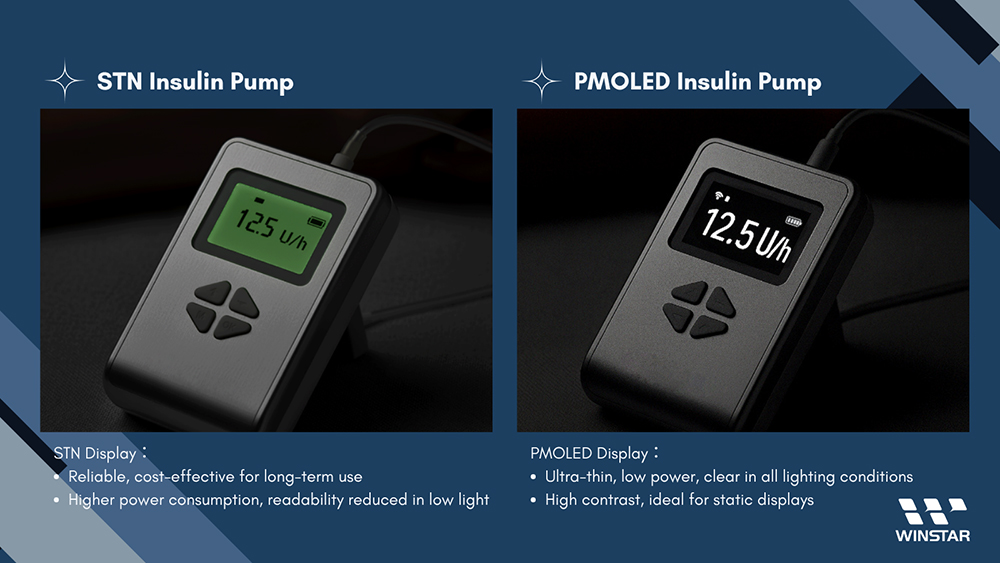
- STN LCD Era
In applications designed for long-term use or nighttime operation, the weight, power consumption, and readability of the display interface remain key design considerations. Backlit LCDs, with their well-established architecture, are widely adopted for information display in various portable and medical devices.
- PMOLED Empowerment
An ultra-thin module allows for a more discreet device. The high-contrast, pixel-level illumination provides exceptional day/night readability without glare, while the technology's low power consumption significantly extends battery life.
2. Portable SpO₂ Oximeters|Ensuring Clarity in All Lighting Conditions
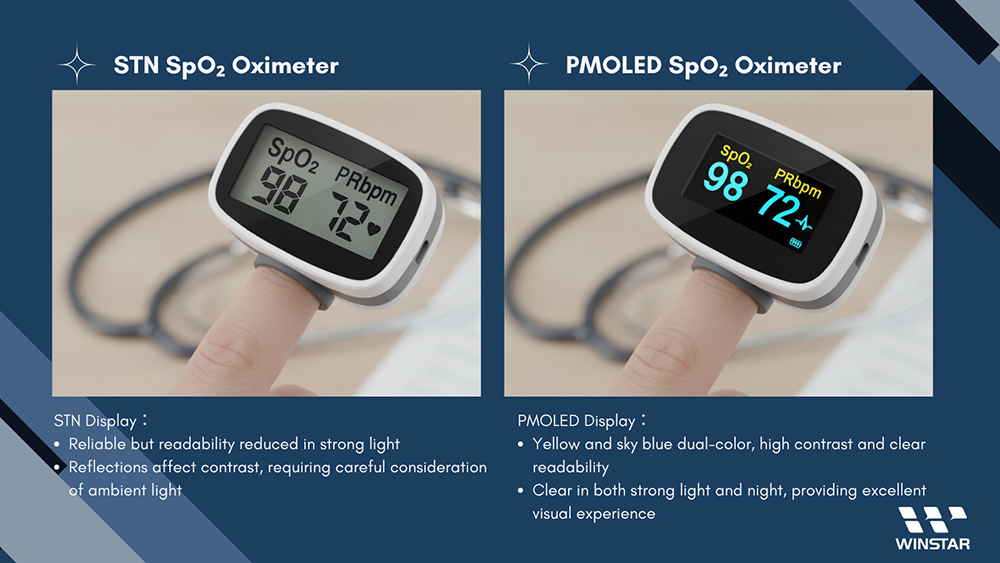
- STN LCD Era
In outdoor medical or high-brightness environments, display readability remains a key design consideration. Backlit LCDs have demonstrated stable performance in most medical devices; however, under strong ambient light, external reflections may reduce screen contrast and legibility. Therefore, display design must carefully account for visual performance under varying lighting conditions.
- PMOLED Empowerment
The >10,000:1 contrast ratio ensures that vital signs are instantly readable even in direct sunlight, providing a reliable display for emergency care and daily monitoring where every second counts.
3. Bedside Control Panels: Wide Viewing Angles for Patients and Staff
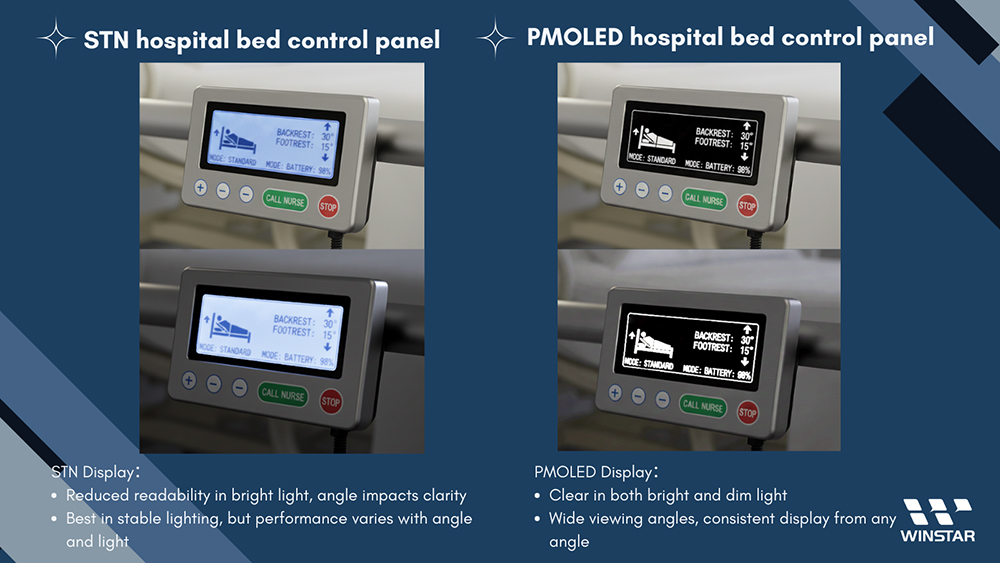
- STN LCD Era
In healthcare environments, bed control panels have long adopted STN display technology. Its mature supply chain and stable manufacturing process provide a reliable foundation for large-scale production. This type of backlit structure offers high versatility and design flexibility, and it continues to be widely used across various medical and care equipment.
- PMOLED Empowerment
PMOLED displays offer an ultra-wide viewing angle of over 175°, ensuring consistently clear images from any perspective. With a true-black background that illuminates only the necessary pixels, the interface remains calm and gentle at night—enhancing intuitive operation while preserving a restful environment for patients.
Frequently Asked Questions (FAQ)
Q1: Does PMOLED technology offer the long operational life required for medical devices?
A: Absolutely. Current monochrome PMOLED displays have a brightness half-life (LT50) of over 50,000 hours. Under normal use, this meets the typical 5-10 year lifecycle requirement for most medical equipment, ensuring long-term reliability.
Q2: How does PMOLED technology handle medical EMI/EMC requirements?
A: Our PMOLED modules are designed and tested for electromagnetic compatibility (EMI/EMC) to meet strict medical standards. Should your team face integration challenges, we can provide expert guidance to help you achieve system-level certification faster and with lower risk.
Q3: What resources are needed to upgrade our product from STN to PMOLED?
A: We make the transition virtually seamless. Many of our PMOLED modules are pin-to-pin and dimensionally compatible with common STN displays, often eliminating the need for costly redesigns of your product housing. We also provide driver code and full technical support to accelerate your development timeline.
Conclusion: Make a Smarter, Safer Choice for Your Next Medical Device
In medical design, safety, accuracy, and reliability are non-negotiable. As the central point of user interaction, the display impacts everything from operational correctness to the user's peace of mind.
Upgrading to PMOLED offers more than just a visual enhancement—it delivers superior safety, a better user experience, greater design flexibility, and a stronger brand identity. Choosing PMOLED is a choice you can trust.
Ready to explore the technical details?
Download our comprehensive guide, PMOLED vs. STN: The Complete Guide to Upgrading Your Next-Generation Display Solution, or contact our display experts today for a free upgrade assessment for your product.
